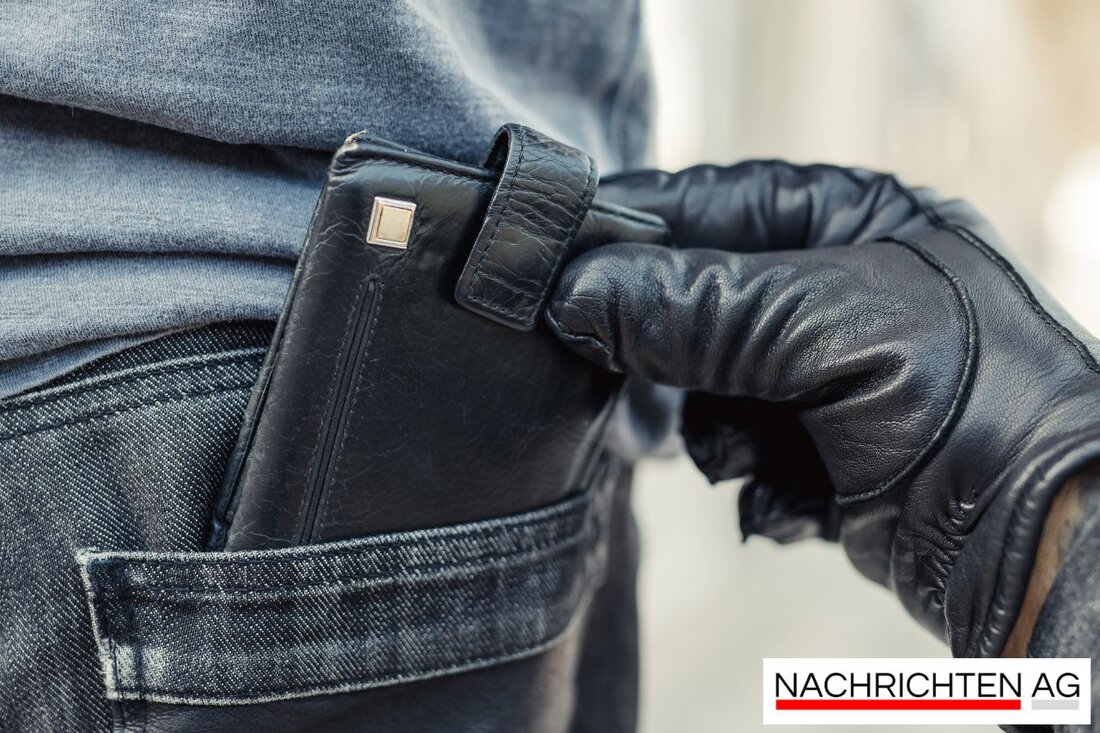Rediscovered bronze plaque in the Lüneburg Museum: A piece of history back!
A newly discovered bronze plaque in the Lüneburg Museum commemorates the partial surrender of the Wehrmacht in 1945 and tells its story.

Rediscovered bronze plaque in the Lüneburg Museum: A piece of history back!
A remarkable bronze plaque is currently on display in the Lüneburg Museum, which commemorates an essential event in German history. It is a 136 x 68 cm large and 60 kg plaque that marks the partial surrender of the German Wehrmacht on May 4, 1945 on the Timeloberg near Wendisch Evern. This plaque is not only a piece of history, but a symbol of the end of the fighting in northwest Germany, Denmark and the Netherlands, four days before the total surrender in Reims and Berlin-Karlshorst. That's what she reports taz about the meaning of this memorial plaque.
The plaque was erected by the British occupiers in 1945 and proclaims in English the victory of the Allies and the unconditional surrender of the German troops. Originally it was part of the so-called “Victory Hill Monument” on the Timeloberg. However, the events surrounding the tablet are turbulent: in 1955 it disappeared under mysterious circumstances, leading to numerous speculations about its whereabouts. Suspicions included the Uelzen gymnastics youth team, who allegedly buried the tablet in a forest. Eberhard Manzke, the founder of the “Günter Manzke Peace Foundation”, and the Lüneburg amateur historian Hans-Joachim Boldt campaigned for the rediscovery of the tablet for years, as the ndr describes.
The search for the board
The years following the theft were marked by secret rumors about the tablet's whereabouts. It was once thought to have been buried in a forest, then it was said that it could have been used as a cover for a cesspool or traded for car parts. The history of the tablet took a spectacular turn when it was finally found again in 2022. Thanks to the use of metal detectors and creative tips from local residents, the plaque was eventually retrieved. The handover, which took place under anonymous circumstances in a supermarket parking lot, closed a chapter that had lasted almost seven decades.
On May 17, 2023, the plaque was ceremoniously presented as part of an award ceremony by the Peace Foundation. It is part of the special exhibition “Surrender 45”, which can be seen at the Lüneburg Museum until November and highlights the surrender talks. Museum director Heikeüsselder emphasizes that the visibility of the board is particularly important in collaboration with British partners. Ultimately, the British Armed Forces decided to leave the plaque to the city of Lüneburg, and the Imperial War Museum plans to keep the plaque in Lüneburg in the future as part of the permanent exhibition.
Historical perspective
The partial surrender on May 4, 1945 was a crucial point in the final phase of the Second World War. During this time, the Nazi regime mobilized all available forces to combat the impending defeat. The German Wehrmacht was in a dramatic retreat, fighting against the overwhelming power of the Allies, who were increasingly advancing into the German heartland. On April 30, 1945, Adolf Hitler and Eva Braun committed suicide, followed by the surrender of Berlin on May 2. Germany's final unconditional surrender was then declared on May 7, 1945. However, Japan continued the war until it finally had to surrender on August 15, 1945, which marked the end of World War II, as the bpb thematised.
The rediscovery of the bronze plaque from Timeloberg not only brings back a piece of the past, but also keeps the memory of the horrors and lessons from the war active. The plaque therefore represents the reappropriation of history and the importance of commemorating the dark chapters of humanity.

 Suche
Suche
 Mein Konto
Mein Konto